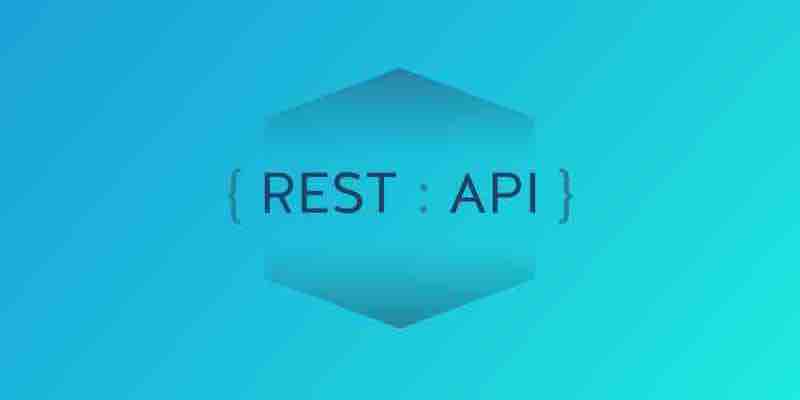Swagger: How to Create an API Documentation

Creating API documentation with Swagger involves the following steps:
- Define your API endpoints: Define your API’s endpoints, URLs, and what each endpoint does. This will serve as the basis for your API documentation.
- Add annotations to your code: Swagger uses annotations to generate the documentation. For example, you can use annotations to describe the parameters and responses for each endpoint.
- Integrate Swagger into your API: Swagger can be integrated into your API using a library or framework specific to your programming language. This integration allows Swagger to automatically generate the documentation for your API based on the annotations you’ve added to your code.
- Configure Swagger UI: Once you’ve integrated Swagger into your API, you’ll need to configure the Swagger UI. This user-friendly interface will be used to view your API documentation. You can customize the appearance and behavior of the Swagger UI to suit your needs.
- Test your API: After completing the above steps, you can test your API to ensure everything works correctly. The Swagger UI can test your API endpoints and view the responses.
- Publish your API documentation: Once you’ve tested your API and are satisfied with the results, you can publish your API documentation. This can be done by hosting the Swagger UI on a web server or integrating it into your API’s documentation.
By following these steps, you can create API documentation with Swagger that is easy to use and provides all the information developers need to interact with your API.
Good documentation is crucial for any REST API. Swagger is a tool that can help create and display such documentation.